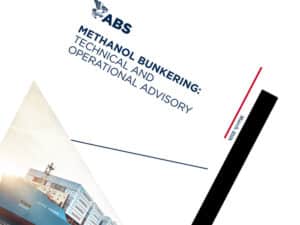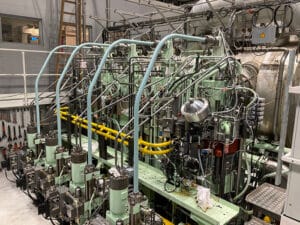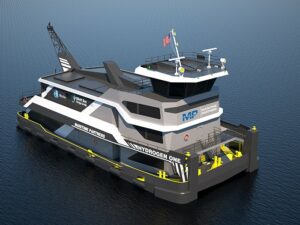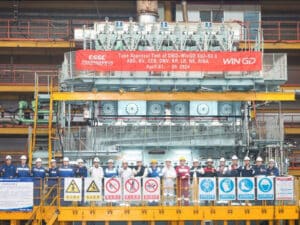
Eleven vessels hit by Houston marine fuel contamination
Written by Nick Blenkey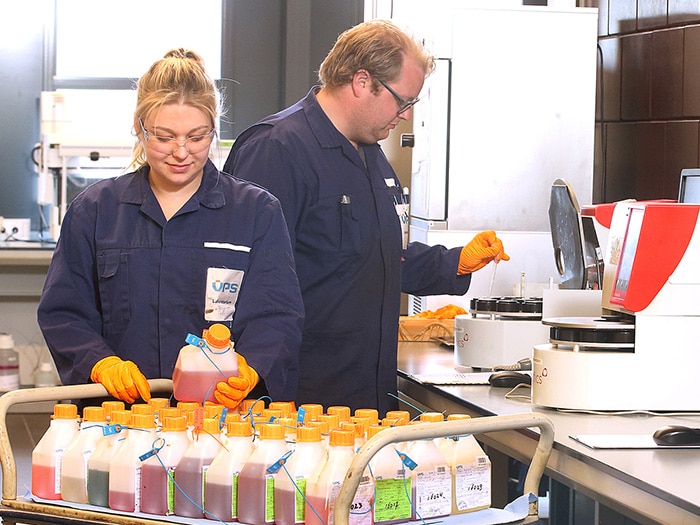
VPS detected contamination using in-house GC-MS (Gas Chromatography – Mass Spectrometer) analytical methodologies. [Image: VPS]
Raising disconcerting memories of a string of incidents in 2018, leading fuel testing services provider VPS has identified a new marine fuel contamination issue in Houston. Eleven vessels using this fuel have now reported loss of power and subsequent loss of propulsion while at sea.
VPS detected the presence of Dicyclopentadiene (DCPD) and associated isomers at significantly high levels in VLSFO bunker fuel deliveries in Houston. These chemical contaminants were detected using in-house GC-MS (Gas Chromatography – Mass Spectrometer) analytical methodologies.
In a bunker alert issued to its customers, VPS says the deliveries of contaminated fuel were made by a single supplier during the months of March to May 2023. Problems associated with these bunkers occurred after this fuel was combusted several weeks after bunkering.
The effects on the eleven vessels reporting loss of power and subsequent loss of propulsion resulted from fuel leakage in the ICU (injection control unit) units and fuel pumps not being able to develop the required fuel pressure. Both main and auxiliary engines were affected although failures to auxiliary engines were more commonly reported.
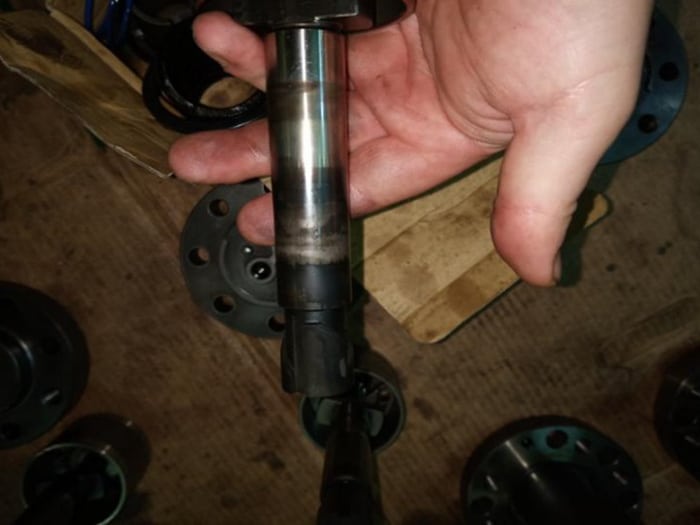
One VPS customer highlighted the issues encountered when using this Houston-bunkered VLSFO: the first sign of problems after changing over to this fuel was the failure of the fuel pump and fuel injectors of the auxiliary engines. All the three auxiliary engines subsequently faced the same issues and were unable to produce the required power resulting in a complete blackout and loss of propulsion. The auxiliary engine pumps exhibited significant leakage and the fuel injectors were seized. Both fuel pumps and fuel injectors required repeated replacement until no spares remained.
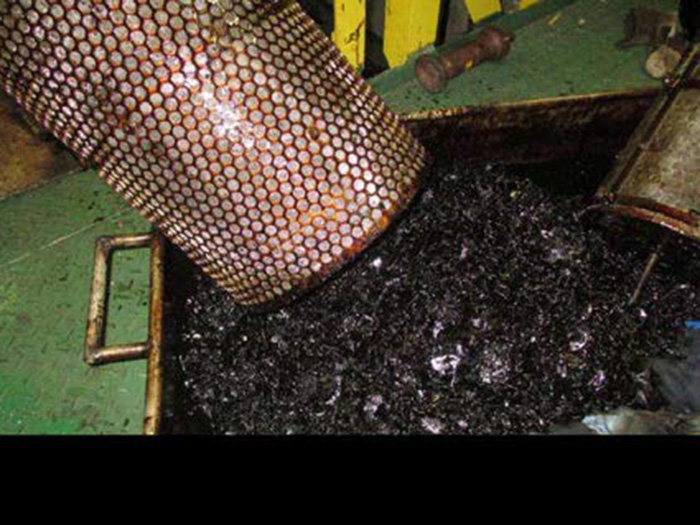
This customer also reported that this fuel had a significant impact on the purification system. It was noted that the purifiers could not remove the high cat fines that were present in the fuel under normal engine operating speed. To keep the purifier operational, main engines required running at low rpm than normal, to reduce the fuel consumption thereby reducing the purifier feed-rate.
Due to restrictions in power, the vessel had restricted maneuverability as it could not operate its thrusters. The vessel had to change to LSMGO (low sulfur marine gas oil) to arrive safely to the port.
VPS says that DCPDs are unsaturated chemical compounds that can polymerize and oxidize under certain conditions. However, the rate of this polymerization process can be reduced by the presence of inhibitors that are typically found within fuel oil.
Should these compounds start polymerizing, the fuel begins to exhibit a level of stickiness and become more viscous, making it difficult for moving components, such as fuel pump plungers and the fuel injector spindles to move freely. These effects cause damage to the fuel injection system. Over a period of time excessive sludge formation is likely to be experienced.
The DCPD compounds that were detected in this fuel ranged from 3,000 to 7,000 ppm (0.3-0.7%).
A number of vessels, had been pre-warned by VPS of the potential high-concentration DCPD contamination of their fuel, via a “Caution” result from the VPS Chemical Screening service, highlighting the value of this pre-burn service.

